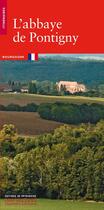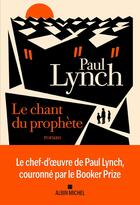Résumé:
In 1902 Metz, annexed to the German Empire since 1871, opened up to the south by embarking on the most far-reaching planned extension in its history and on an unprecedented transformation of its urban landscape. Kaiser Wilhelm II wanted to make it his western capital. Thus an experimental new... Voir plus
In 1902 Metz, annexed to the German Empire since 1871, opened up to the south by embarking on the most far-reaching planned extension in its history and on an unprecedented transformation of its urban landscape. Kaiser Wilhelm II wanted to make it his western capital. Thus an experimental new town conceived as a total work of art-modern and picturesque, opulent and multicultural-was born, linked to the historic city by walkways and gardens.?
It was endowed with palaces and prestigious monuments emblematic of the emperor's pride and will to power. The Nouvelle Ville thus became a genuine architectural kaleidoscope and henceforth confirmed the European importance of the bimillenary city. Between 1918 and 1939, Metz, once again part of France, completed the initial urban project without interruption. With its unique architectural heritage, fortunately spared from destruction, the Nouvelle Ville now bears witness to the past good fortune and the art of living of a city that was an exceptional melting pot of influences.
In the first part of the book, the author recounts this part of the history of Metz, then provides a guide in 4 itineraries to help the visitor discover the city.
Donner votre avis
















